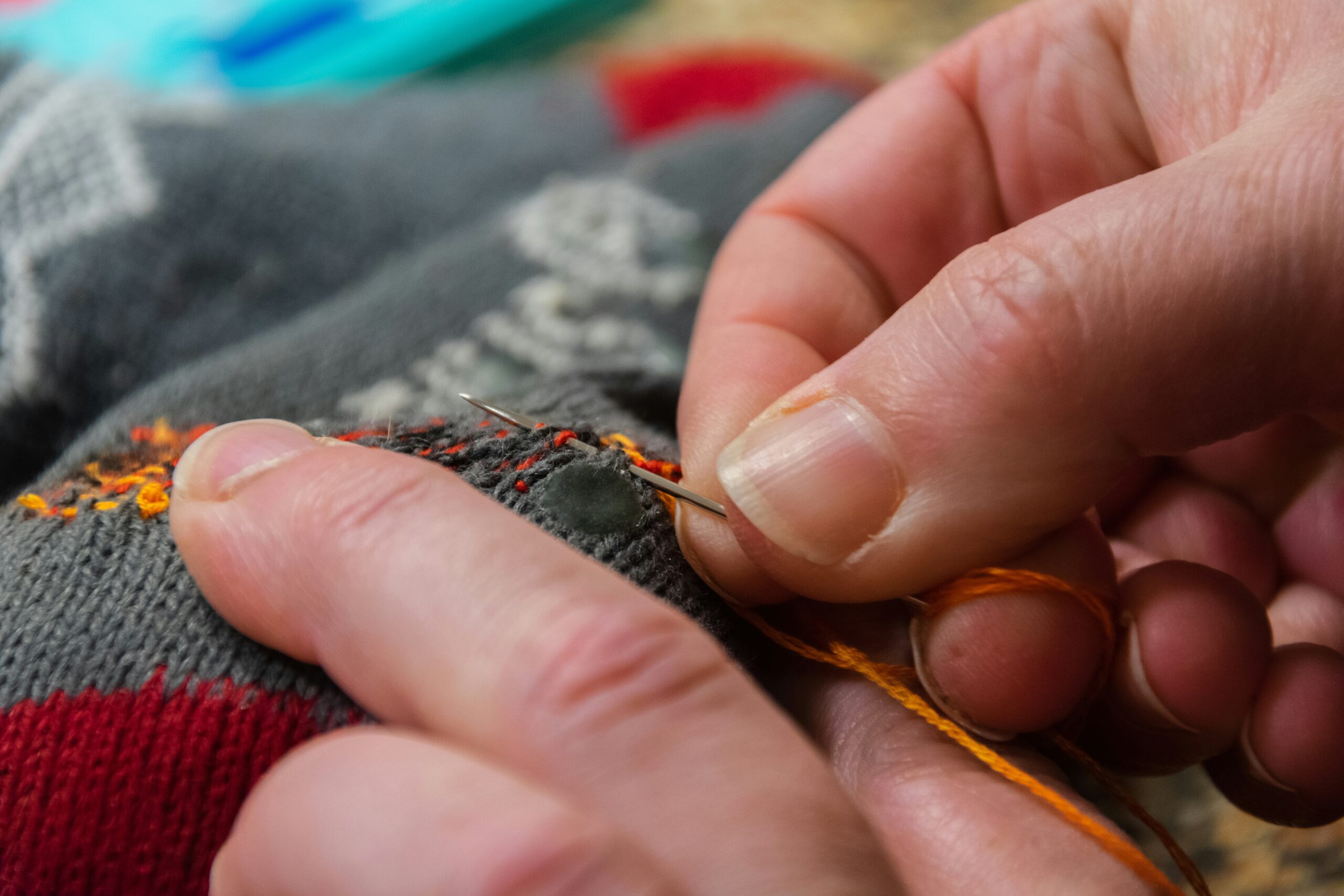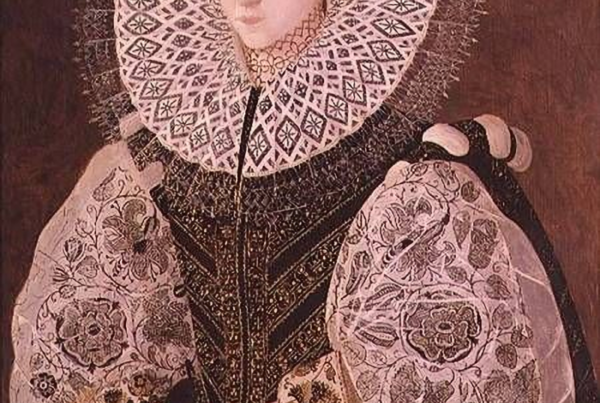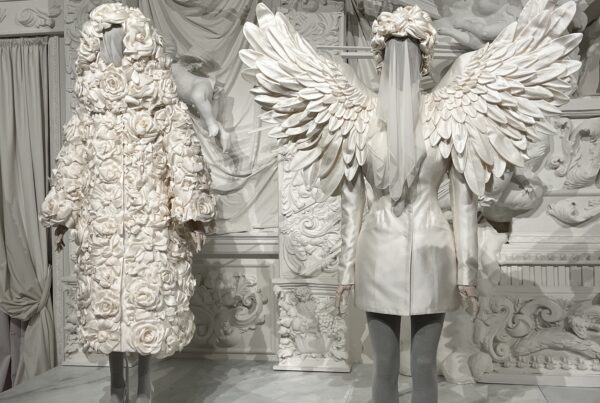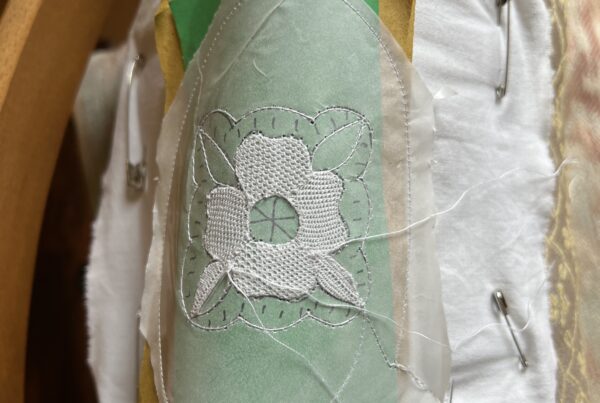This is a question that I asked myself many times since I became an embroiderist and the answer is yes and no.
How is that possible?
Well, every art form is bound to change and evolve with time, because we as a society change and evolve and embroidery is part of every culture in so many different ways.
For example, in many cultures, it had a spiritual meaning, and embroidering a fabric would protect from evil the person that was made for.
Hand embroidery is still used in haute couture today, but it is such a small part of what can be done with a needle and a thread.
Embroidery is a way for people to tell their stories when no one will listen, is a way to create a connection between different generations and discover a little more of our history, is a way to create outfits that are so special and unique, is a way to repair beautifully something that other people considered broken, is a way to understand that creating and finishing a garment requires time and much work, and sometimes it can be a way to calm the mind.
I want to quote here a 2023 article from the National Library of Medicine that explains this concept way better than I ever could.
“Akin to other textile arts, embroidery evokes memories, sparks playfulness, and allows for engagement and contact with the material, as well as the verbal content that arises in conversation during creation.
Art therapists have noticed three central features pertaining to the therapeutic aspects of embroidery: repetition, structure (working according to a pattern), and simplicity.
These qualities may facilitate states of ‘flow’ or rejuvenation, which can help create a feeling of calmness or increase energy levels. In addition, rhythm and a sense of reward characterize the creative process in embroidery and have been revealed as essential factors in the treatment of children and adolescents who have experienced trauma.
With all these meaningful ways to make embroidery part of one’s life, how is it possible that it is considered a dying craft?
Well, I hypothesize that all these uses for it are not often shared or talked about that much. We don’t easily find teachers who are open to discussing such topics with their classes, sometimes diving into the sociological and philosophical meaning of this art form.
My goal with Embroiderly is to change that: to create a discussion, to engage within this amazing and vast community and I hope that you can follow me throughout this journey.
So, in conclusion, I think that embroidery will never be a dying craft, because it will always be part of human history, in one form or another.




